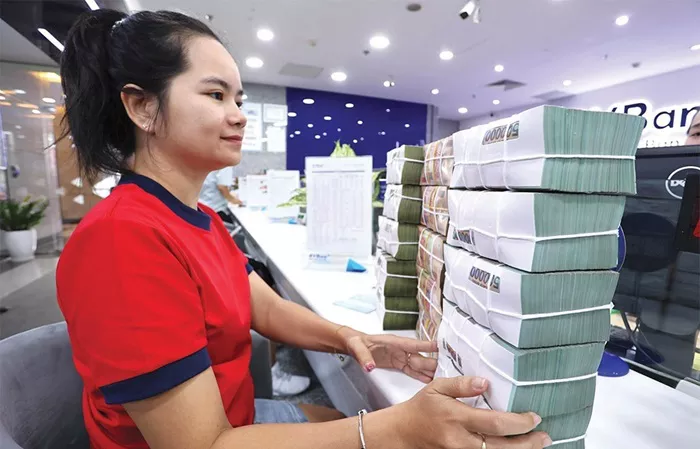Domestic growth is expected to drive a surge in lending, setting the stage for the State Bank of Vietnam (SBV) to adjust its policy tools and further reduce average lending rates by 0.03-0.08%. Despite a volatile forex market, with the VND/USD exchange rate rising due to insufficient foreign investment inflows, the SBV is looking to manage interest rates while supporting credit growth.
Governor Nguyen Thi Hong emphasized the unpredictability of exchange rate movements, especially amid the impact of President Trump’s tariff plans, which add complexity to financial management. “Some central banks have paused rate cuts, and trade partners may retaliate with their own tariffs, making global and domestic conditions more challenging,” said Governor Hong during the government’s meeting on April 6.
The SBV’s Q2 Business Sentiment Survey showed slight decreases in VND deposit and lending rates in Q1 compared to earlier forecasts. For Q2 2025, the forecast suggests stable deposit rates but a slight increase in shorter-term deposits, while lending rates are expected to decline modestly.
Mai Thi Trang, deputy director general of the SBV’s Monetary Policy Department, acknowledged the pressures on exchange rate management but reaffirmed the SBV’s commitment to liquidity injections and maintaining policy stability to reduce lending rates.
Dr. Vo Tri Thanh, a member of the National Financial and Monetary Policy Advisory Council, warned that lowering interest rates in the current environment could be risky due to inflation and exchange rate pressures. “We need to balance support for growth with the risks of inflation and currency devaluation,” he stated.
Banks are introducing various measures to support customers, particularly those in international trade. Eximbank raised interest rates across some tenors in April but also launched a Trade Return programme, offering incentives for international payment services. Similarly, VPBank introduced a lending rate incentive for small businesses, offering secured loans starting from 5.39% per annum, a full 1% reduction from previous rates.
As banks continue to adapt to market conditions, the SBV aims to strike a balance between fostering growth and managing risks in the forex and lending markets.
Related Topics:

